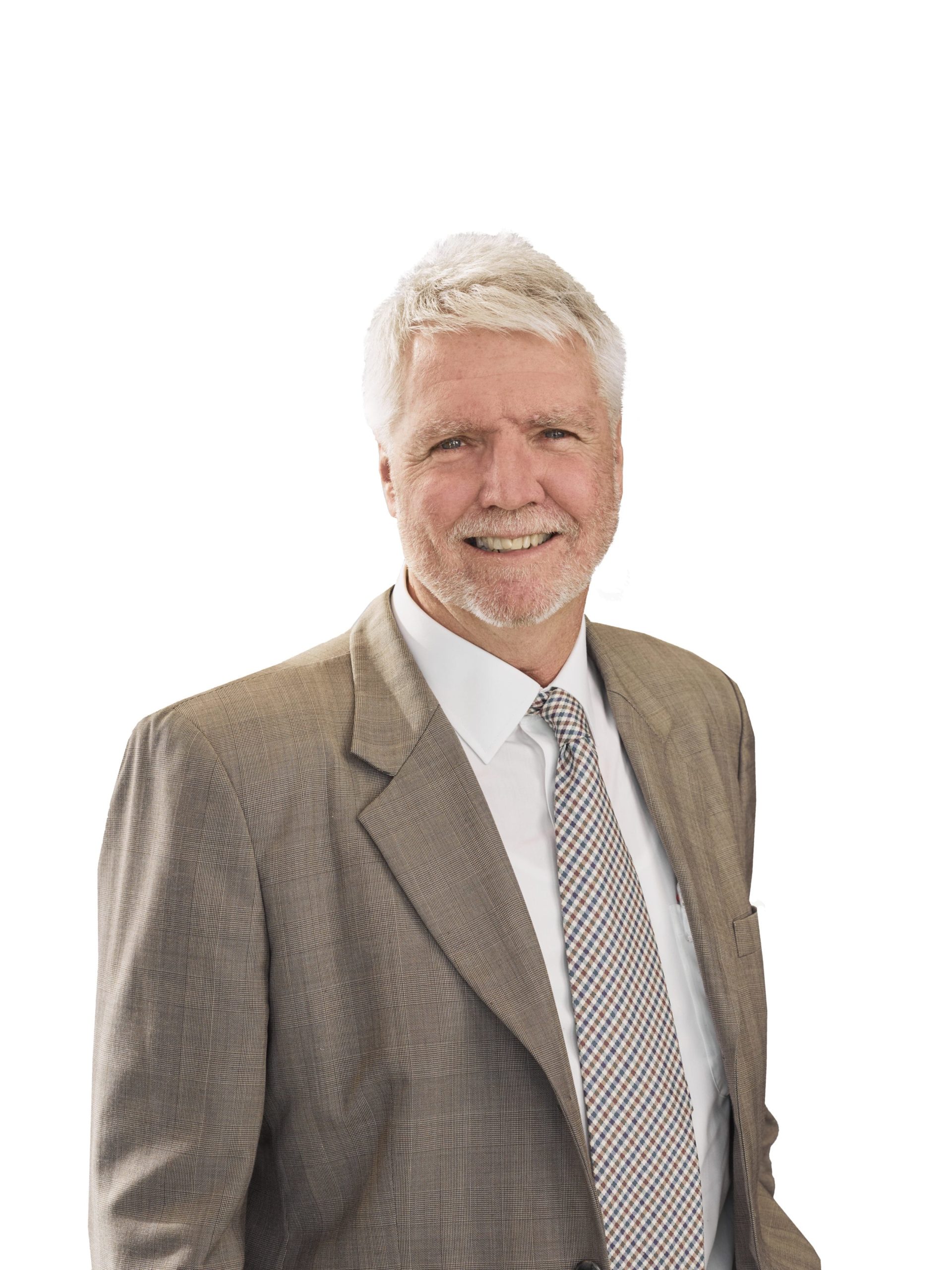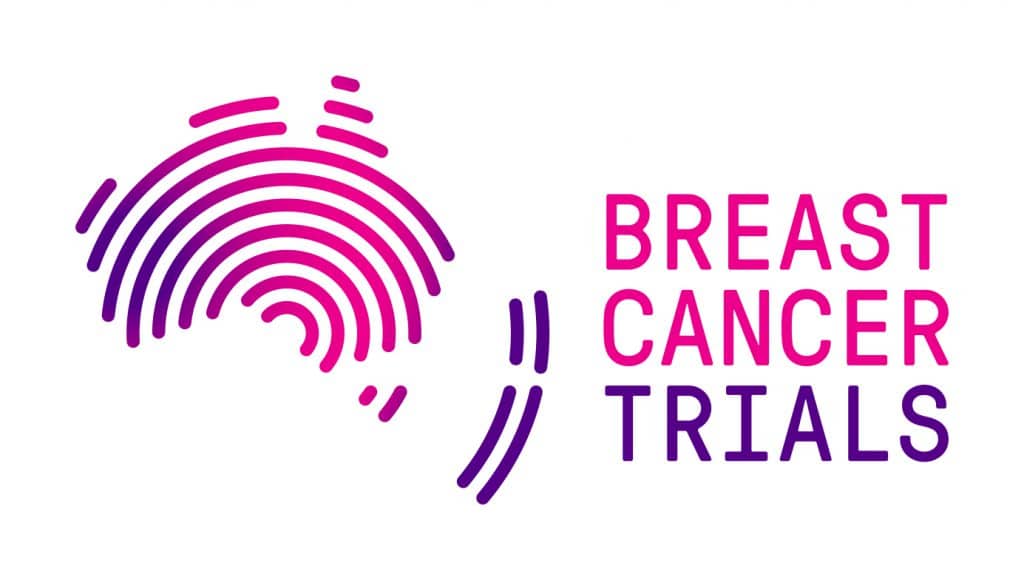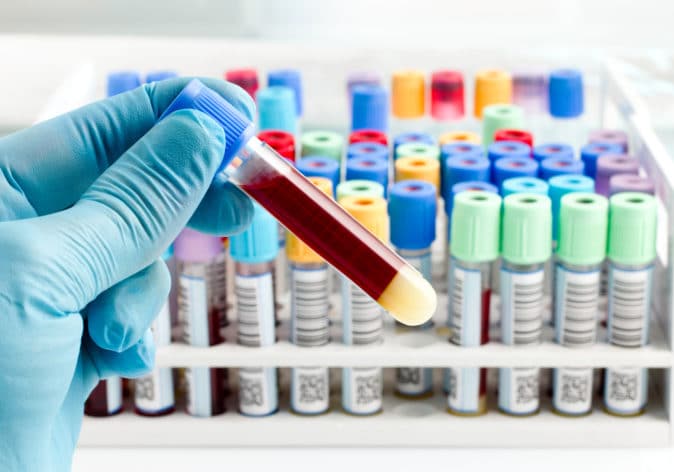How Does Breast Cancer Metastasise?
That’s the area that I’ve spent most of my career looking at – the processes by which some cancers do metastasise and some don’t.
I’m interested in biological processes that help cancer cells to escape, and interested in some processes which are ‘borrowed’ from embryonic activities when our bodies are very small, multi-cellular things which are starting to organise, or when mammary glands are formed, and ducts are expanding. Some of those processes do help cells move from one place to another and they can be purloined by the cancer through genomic rerouting to help the cancer cells spread.
So it’s pretty much accepted that, primarily, cancer cells spread through the blood vessels and the lymphatics. There can be some local extensions where the cells move through the tissues. It’s a real decathlon for cancer cells to spread and studies have shown that only a real minority of cancer cells can actually survive it.
They have to be able to escape from the initial collective, they have to survive as individual cells, in the blood vessel they’re subjected to enormous stresses they wouldn’t normally feel, they have to get out of the blood vessel at the target organ and survive and grow there – so they’re selected to be very hardy, if you like.
Often they get to the target organ and they lie dormant. This is a real problem, particularly in breast cancer and particularly in hormone receptor positive, ER-positive breast cancer, there’s examples when those cancer cells may not be evident for a long period of time, and then they’ll flare up maybe 10, 12 or 15 years later. It’s unusual, but it does happen?
Why Is Metastatic Breast Cancer Difficult To Treat?
It’s not 100% clear but the contributing factors are thought to be that in most cases, not all, they’ve already been exposed to therapeutic drugs and so they’ve already had an opportunity to acquire some resistance to that.
There’s likely to have been additional genetic events that have occurred during the course of their disease and over the period of time while they’re regrowing, that have made them more resistant to therapies. Finally, we don’t necessarily have the same opportunities to de-bulk the metastases – it’s not so easy to remove them surgically before treating them, so they’re bigger and bulkier in most cases than we might be treating in the primary site. So it’s harder to treat.
The observation is that they’re very tough to treat. We can get some palliative benefits, we can treat with a number of things, but in most cases eventually we run out of things to treat them with.
We’re very keen on understanding the processes better so we can be more targeted and strategic about it – this is why we’re looking at those embryonic processes, for example, that help them get to the target organ. Those processes also seem to be related to the ability to lie dormant in a stem-like state, and also a link to therapy resistance. If we can understand how that’s regulated and reverse it, we may have better effects in treating breast cancer when it has spread.
Listen to the Podcast
Professor Rik Thompson discusses why and how cancer metastasises and why it’s so difficult to treat. He also takes a look at areas of research into metastatic disease, including liquid biopsy.
What Are Some Of The Areas Of Research Into Metastatic Breast Cancer?
There’s a number of things we’re looking at, a lot of them relate to therapy resistance and getting better efficacy of our agents or identifying molecular processes that the cells have used in that journey to get there and have their effect. So comparing metastatic tissue to primary tissue.
We also look at cells in the bloodstream. We call it a window of opportunity or a liquid biopsy, it’s an integration site to some extent. It’s proving very difficult because there are a very small number of cells, but there’s been great success with looking for circulating tumour DNA as well as circulating tumour cells, so we could get access to material which is in the bloodstream but it’s come from the metastases.
It’s great because it may have come from several different metastases of different sizes – very difficult to sample each – but this integration site can give us that access. There’s a lot of work being done in this area that may identify causative, driving factors that we could then target. So it’s very exciting.
The easiest thing for us to determine is the genetic changes that may have occurred in the metastatic cells. This is proving very helpful in some other cancer types where specific and targetable activating mutations occur.
Unfortunately, it’s not quite so focused in breast cancer. There’s a large number of mutational causes so it’s difficult to know what we could specifically target. But there is some and HER2 amplification is an example. Indeed, HER2 amplification is under study in three separate trials at the moment because it seems that cancer cells can actually switch that on in the bloodstream and in the metastatic site, even if their primary was negative.
So it’s possible that some women who weren’t initially HER2 amplified and Herceptin-responsive may be Herceptin-responsive in the disseminated site. So that’s just one example that’s being actively explored.
But we know that there’s a lot of other genomic loci that associate with breast cancer, we know that there’s half a dozen or so relatively high-penetrance mutations that occur and some of those have therapeutic partners if you like. So if we could see what they were, we may be able to use a therapy and select a therapy that’s targeting the cells that have ended up elsewhere in the body.
Support Us
Help us to change lives through breast cancer clinical trials research




